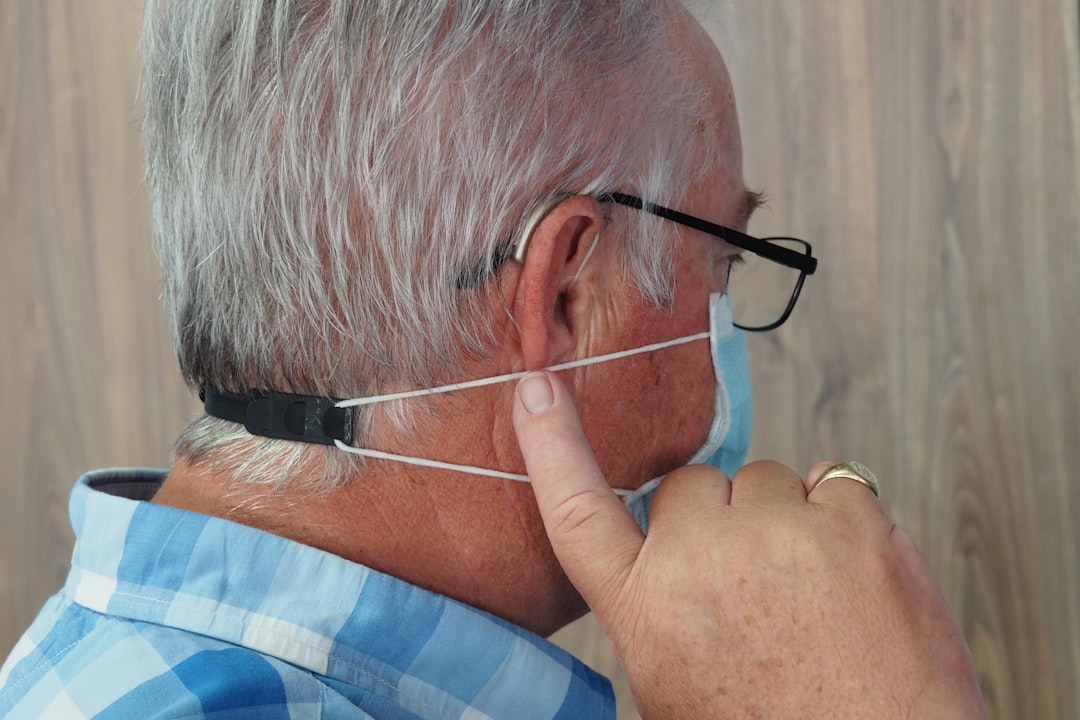What is it about?
Abstract Background: The current article aims to explore the protective potentials of α-tocopherol alone and the combination of allicin and vitamin B-complex against lead-acetate neurotoxicity on the cerebellar cortex. Materials and methods: Forty rats were divided into four groups (n=10). Group 1 was the control group. Group 2 received 10 mg/kg body weight (BW) of lead acetate. Group 3 was exposed to 10 mg/kg BW of lead acetate plus a combination of allicin (100 mg/kg BW) and vit. B-complex (40 mg/kg BW). Group 4 was administered lead acetate (10 mg/kg BW) and α-tocopherol (100 mg/kg BW). The animals received treatment for sixty days by oral gavage. All the groups were studied ultrastructurally and immunohistochemically with glial fibrillary acidic protein (GFAP). Results: The affected groups revealed shrunken and degenerated Purkinje cells with irregular nuclei. The cytoplasm comprised several lysosomes, unhealthy mitochondria, and dilated Golgi saccules. The myelinated nerve fibers demonstrated breaking of the myelin sheaths, apparent vacuoles, and broad axonal spaces. Immunohistochemically, there was a tremendous surge in GFAP-positive astrocytes in the lead acetate-treated group. These histological and ultrastructural variations were ameliorated by the administration of α-tocopherol and the combination of allicin and vit. B complex. Moreover, an apparent decrease in the number of GFAP-positive astrocytes was obvious in the protected groups. Conclusions: Although both α-tocopherol and the combination of allicin and vit. Bcomplex can be used as possible adjuvant therapies to ameliorate nervous system ailments attributable to lead acetate, α-tocopherol showed more protective potential. Key words: Allicin, Purkinje cells, Astrocytes, GFAP, Oligodendrocyte, Myelin Figure
Featured Image
Why is it important?
The preceding data finds that lead is among the most common environmental poisons affecting the cerebellum. The promising ameliorative potentials of α-tocopherol or combined allicin and vit. B-complex are considered good candidates for the therapeutic intervention of lead poisoning. The current findings suggest, however, that the efficacy of α-tocopherol is higher than that of combined allicin and vit. B-complex. These compounds therefore may be advised as a possible adjuvant therapy in ameliorating the consequences associated with lead poisoning.
Perspectives
Abstract Background: The current article aims to explore the protective potentials of α-tocopherol alone and the combination of allicin and vitamin B-complex against lead-acetate neurotoxicity on the cerebellar cortex. Materials and methods: Forty rats were divided into four groups (n=10). Group 1 was the control group. Group 2 received 10 mg/kg body weight (BW) of lead acetate. Group 3 was exposed to 10 mg/kg BW of lead acetate plus a combination of allicin (100 mg/kg BW) and vit. B-complex (40 mg/kg BW). Group 4 was administered lead acetate (10 mg/kg BW) and α-tocopherol (100 mg/kg BW). The animals received treatment for sixty days by oral gavage. All the groups were studied ultrastructurally and immunohistochemically with glial fibrillary acidic protein (GFAP). Results: The affected groups revealed shrunken and degenerated Purkinje cells with irregular nuclei. The cytoplasm comprised several lysosomes, unhealthy mitochondria, and dilated Golgi saccules. The myelinated nerve fibers demonstrated breaking of the myelin sheaths, apparent vacuoles, and broad axonal spaces. Immunohistochemically, there was a tremendous surge in GFAP-positive astrocytes in the lead acetate-treated group. These histological and ultrastructural variations were ameliorated by the administration of α-tocopherol and the combination of allicin and vit. B complex. Moreover, an apparent decrease in the number of GFAP-positive astrocytes was obvious in the protected groups. Conclusions: Although both α-tocopherol and the combination of allicin and vit. Bcomplex can be used as possible adjuvant therapies to ameliorate nervous system ailments attributable to lead acetate, α-tocopherol showed more protective potential. Key words: Allicin, Purkinje cells, Astrocytes, GFAP, Oligodendrocyte, Myelin Figure
Prof. Hesham N. Mustafa
King Abdulaziz University
Read the Original
This page is a summary of: Does allicin combined with vitamin B-complex have superior potentials than alpha-tocopherol alone in ameliorating lead acetate-induced Purkinje cell alterations in rats? An immunohistochemical and ultrastructural study, Folia Morphologica, February 2016, VM Media SP. zo.o VM Group SK,
DOI: 10.5603/fm.a2015.0076.
You can read the full text:
Resources
Contributors
The following have contributed to this page










